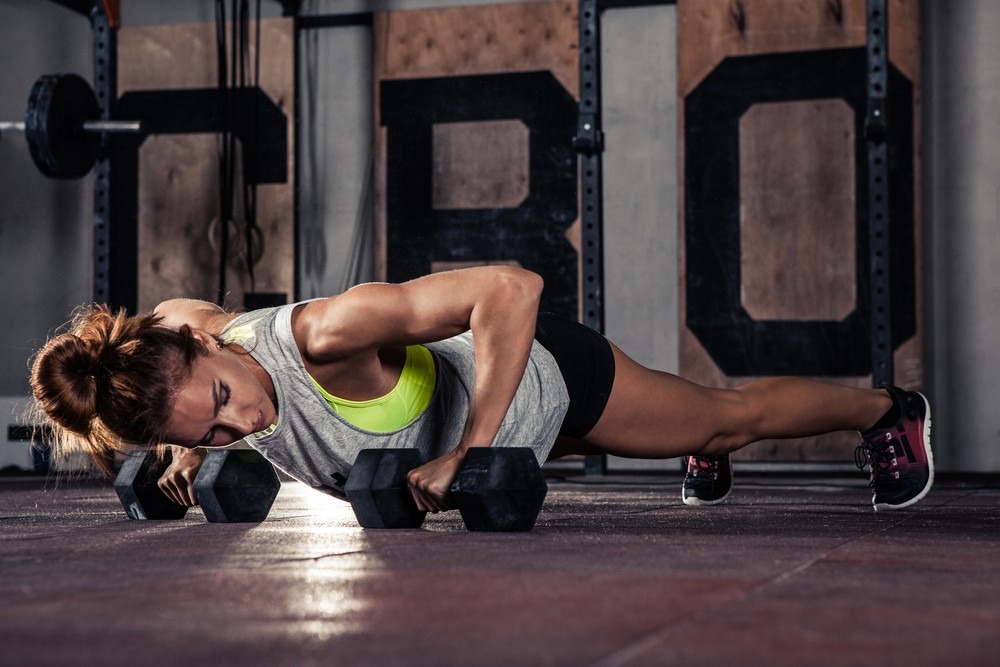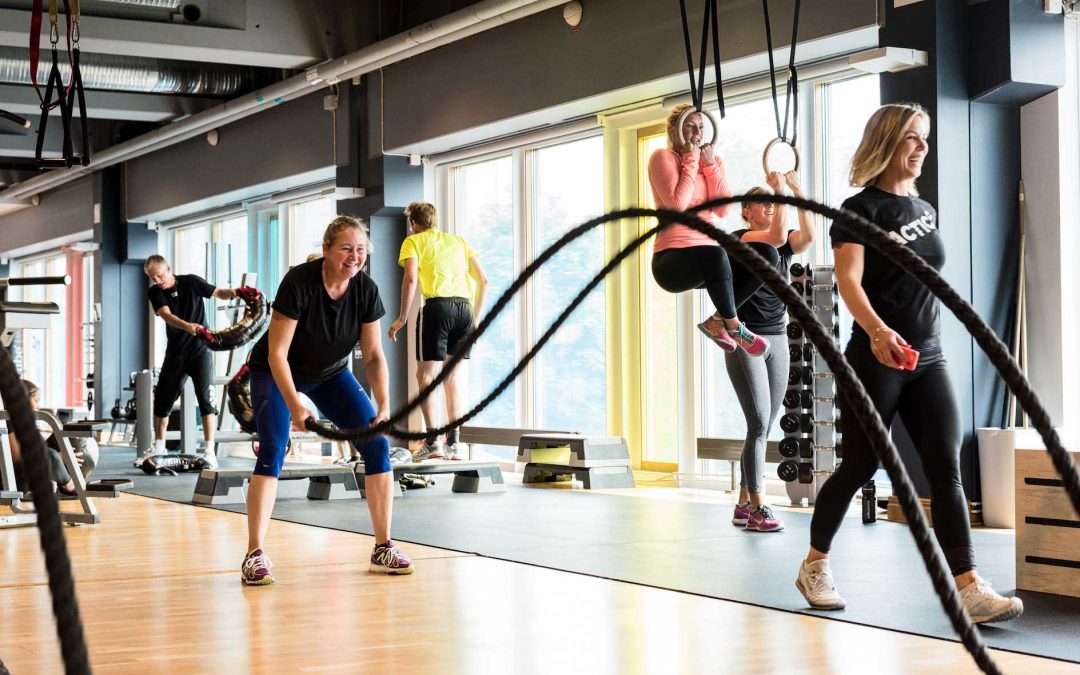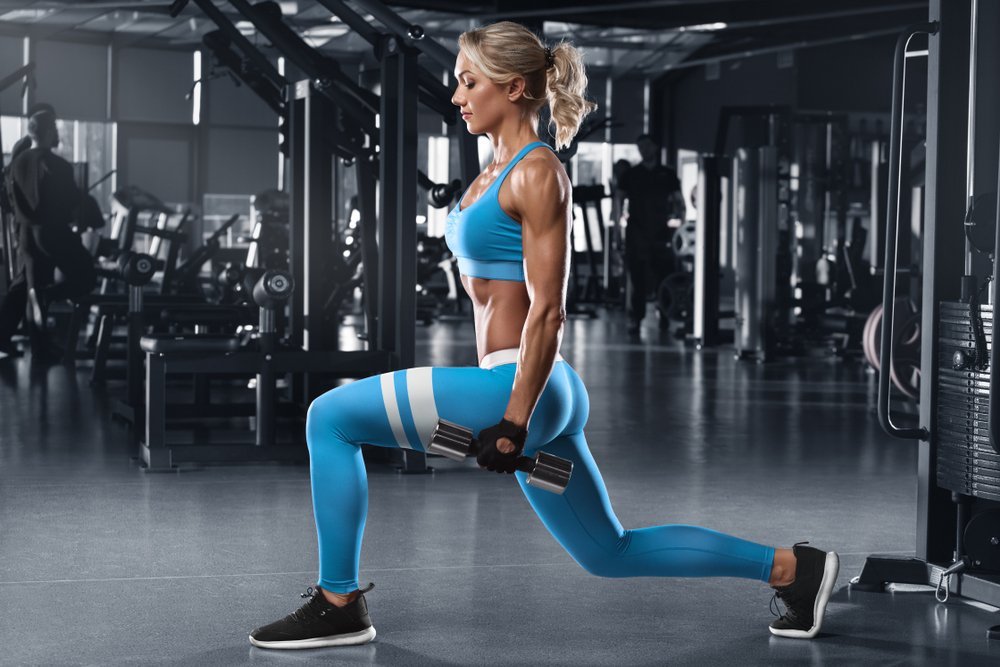
Bench Press
The bench press is probably the most common exercise in all gyms. This exercise cannot be called isolated; the triceps and shoulders work here no less than the pectoral muscles. The static load falls on the extensors of the spine, lats and trapezius muscles of the back, biceps and abdominal muscles.
Many athletes reduce their shoulder blades as much as possible, flex the lower back, make a bridge and use a wide grip – this shortens the range of motion and further reduces the load on the chest muscles. It doesn’t make sense unless you are powerlifting. It will be optimal to bring the shoulder blades together and make a slight natural deflection. In this case, the legs rest on the entire foot, and not on the socks.
You can press the bar on an incline bench or lying upside down. This emphasizes the load on the upper or lower chest, respectively, but the load from the triceps and front delts will not disappear anywhere. If the positive angle is too large (more than 45 degrees), the focus shifts from the upper chest to the deltas. The optimal angle is 30 degrees.
This category also includes the bench press in Smith. The trajectory of movement here is set by the simulator itself, so the stabilizing muscles are turned on less.
Now let’s talk about how to achieve a powerful muscle corset and swing your back.
Pull-ups on the horizontal bar
The bar is a great machine with which you can work out the entire muscle mass of your upper back. If you pull up with a wide grip, then the latissimus dorsi, trapezius and rhomboid muscles, posterior deltoid muscle bundles, as well as the large and small round muscles are involved in the work.
If you use a narrower grip, then the muscles of the arms will be heavily involved in the work: biceps, brachialis and forearms. Use wrist straps to reduce some of the strain on your arms. If you want to load the back muscles even more, make a slight bend in the thoracic spine and bring the shoulder blades together at the top of the amplitude.
Pull-ups (as well as pull-ups on the vertical block) are recommended only for people with a flexible shoulder girdle. In general, it is best to perform this movement towards the chest to avoid injury to the shoulder joints.
This group of exercises includes all vertical pulls on the block, as well as pull-ups on the gravitron – this is a special simulator with a counterweight that facilitates movement. Rows on the block use the same muscles, but are slightly less effective. They are well suited for beginners who do not have enough strength to pull up, as well as those who do not know how to “turn on” their back and pull themselves up using the muscles of the arms.
Bent over barbell or dumbbell row
Horizontal Rows make your back thicker, which is important for building a massive torso. The bent over row loads the entire upper back, rear delts, and biceps. Also, a strong static load goes on the extensors of the spine and abdominal muscles.
Experienced athletes can emphasize the load on one or another area of the lats. If you want to push the bottom of your lats harder, use a reverse grip and pull the bar straight to your waist. If your goal is powerful upper lats, rhomboids and trapezius muscles, use a straight grip and lift the bar to the bottom of the chest.
The slope is also important, many athletes only lean forward a little, which reduces the amplitude of movement, and the emphasis goes to the trapezoid. Optimal tilt is about 30 degrees from the floor.

T-bar Row
Almost every modern gym has a special machine for working out the muscles of the back – the T-bar. They are of two types: with and without a breast support. The variation of the T-bar row with a chest support allows you to almost completely simulate the execution of the barbell deadlift while lying on an incline bench.
Another plus of this simulator is more grip variations. For example, a narrow parallel grip allows you to perfectly work out the middle of the back, such a movement you cannot simulate, working only with a barbell or dumbbells.
If your gym does not have such a simulator, it doesn’t matter. You can simulate a T-bar deadlift with a regular Olympic barbell bar and a narrow parallel grip bar from a block back machine. Either way, this exercise is worth doing on a consistent basis – your back will quickly become bumpy and massive.
Classic Deadlift
Deadlift with classic leg stance involves shifting the load on the back muscles. However, the legs are also turned on quite strongly, and although this movement is traditionally referred to as exercises for the back, it can also be considered basic for the legs.
The classic stance implies the location of the legs shoulder-width apart, the arms hold the bar a little wider, a slight dip is done and the forward bend is done. Keep the barbell as close to the lower leg as possible, then the trajectory of movement will be strictly vertical. The legs work here only at the moment the bar is lifted off the floor, mainly the buttocks and quadriceps work. But you pass the upper 2/3 of the amplitude due to the work of the spinal extensors. A strong static load is applied to all muscles of the upper back, trapezium and biceps.
It is essential to keep your back straight throughout the entire set.
It is very important to breathe correctly during the deadlift. Exhaling too late will lead to increased intracranial pressure, which can make you feel dizzy and most likely need to end your workout.
If you want to increase your strengths and work out the upper phase of the movement, perform deadlifts from plinths (stands). This will reduce the stress on your legs to almost zero, and you can pump your back even more.

